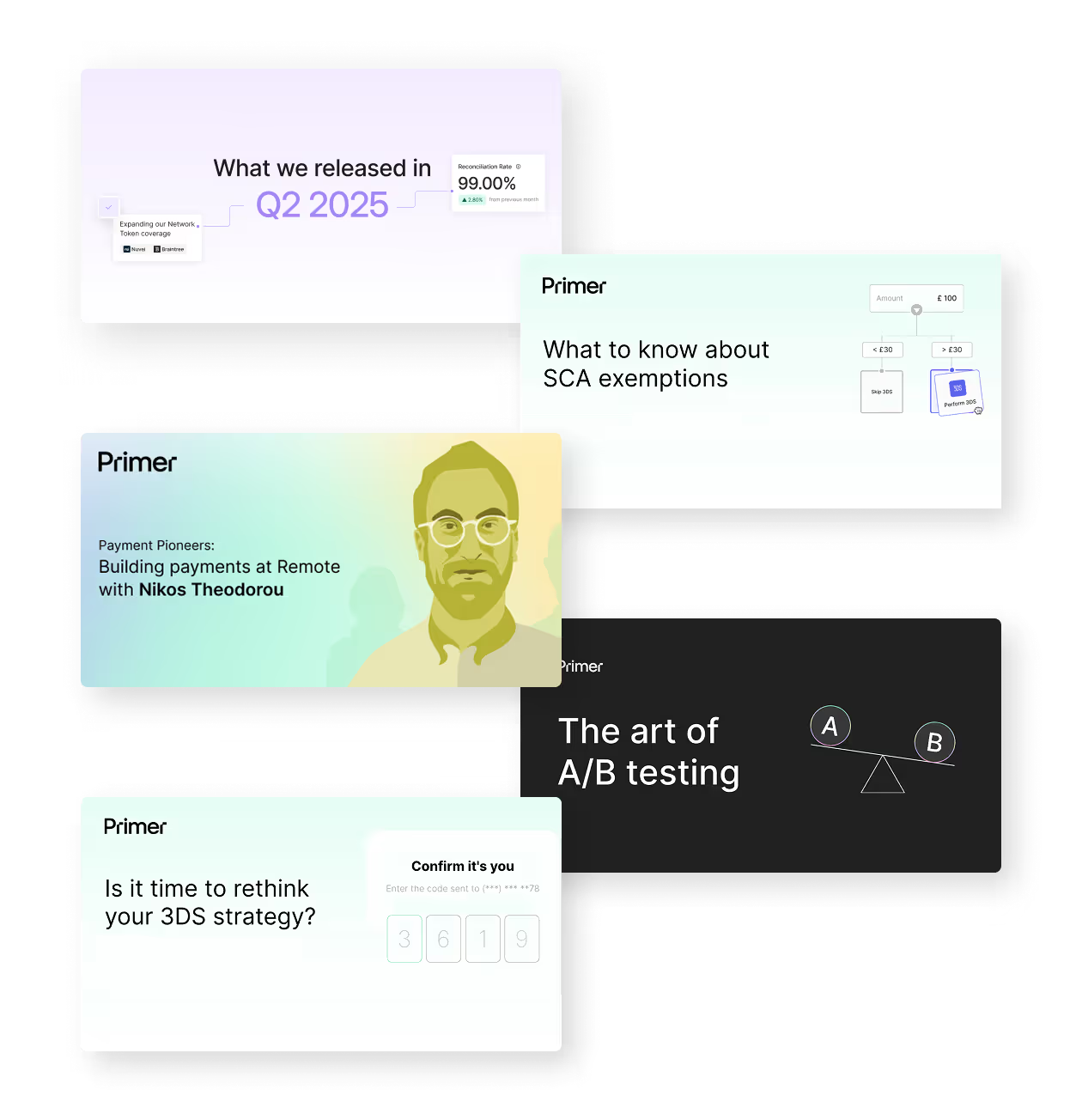Payments are a business-critical function. No revenue comes in if you can't accept customer payments.
So it's peculiar that in a world where businesses diligently monitor nearly every aspect of their critical infrastructure, many have no idea what's happening with their payments. Consequently, they only realize payment issues are having a material impact on their business–such as a payment processor outage–once it's too late.
In this blog, we'll look at how we're helping businesses change this paradigm by using tools to monitor their payments and identify critical incidents, like processor outages, so they can respond fast to minimize financial loss.
Raise the alarm for processor outages with Monitors
While payment processor outages are infrequent, their repercussions can be devastating if unaddressed. Remember, the metric is payments per second, not per hour.
Let's do some quick math to paint the picture.
Suppose your business processes an average of $100 per second, and your processor experiences a five-minute downtime. That translates to a loss of $30,000 in revenue, coupled with hundreds of unhappy (potential) customers who couldn't complete their orders.
Painful, to say the least.
But it's possible to avoid this pain. We've built a feature within our Observability Pro solution. It's a feature that allows you to easily set Monitors and receive real-time alerts if there's a processor outage.
Check out this video to see how.
How to deal with processor outages
Detecting a processor outage is one thing; taking decisive action to mitigate losses is another.
That's why leading merchants are embracing a multi-processor payment strategy to bolster resilience in their payment infrastructure. Working with multiple processors builds redundancy and agility into their payment stack, allowing them to re-route transactions to an alternative processor should one fail.
While some manually re-route traffic upon receiving alerts, this method risks revenue loss during the transition. Primer makes it easier for merchants to do this quickly with no-code automation rather than having to wait for engineering code to deploy.
Another approach involves using fallbacks to recover failed payments, and thus revenue. Fallbacks enable merchants to automatically retry a failed payment through an alternative processor without impacting the end customer.

Merchants without a multi-processor setup and the ability to quickly re-route traffic aren't left with many options. Their fate is ultimately in the hands of their payment processor to resolve the issue as soon as possible. In the meantime, they can only inform customers of the problem and offer incentives, such as discounts, as part of a cart abandonment recovery strategy. These offers may entice them to return and complete their purchase once the system is back online, but it's entirely out of the merchant's control—they may be lost forever.
See how merchants use Primer to capture more revenue and build sophisticated payment strategies.
Any business can build a multi-processor strategy
Building a multiple-processor strategy is an obvious solution to mitigate the risk of your payment processor failing. However, each new integration incurs development costs, ongoing maintenance, and process adjustments for many businesses. These are significant barriers to entry that stop many businesses in their tracks.
If that sounds familiar, a Unified Payments Infrastructure like Primer is the solution. We've already integrated with most of the world's leading PSPs. So, with one integration through Primer, you can build a sophisticated multi-processor payments strategy with little to no complexity.
Want to learn more? Get in touch. Or check out our Unified Payments Infrastructure Buyers Guide.




(1).png)
.png)